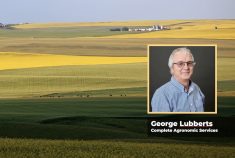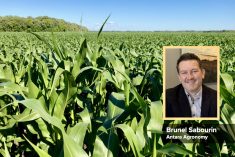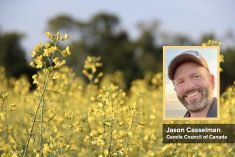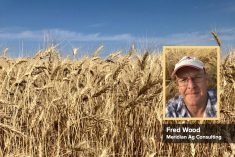Only about 50 to 60 per cent of canola seeds survive to become productive plants, on average. With the following tips, canola farmers can increase seed survival and get more from their seed investment.
1. Seed shallow. Half an inch to one inch below the packer furrow is the recommended seed depth for canola. This will reduce days to emergence and reduce the seed energy required for emergence.
2. Seed at a consistent depth. For some drills, the overall average may be one inch, but the range could be zero to two inches. The result can be highly variable emergence dates and an uneven field.
Read Also
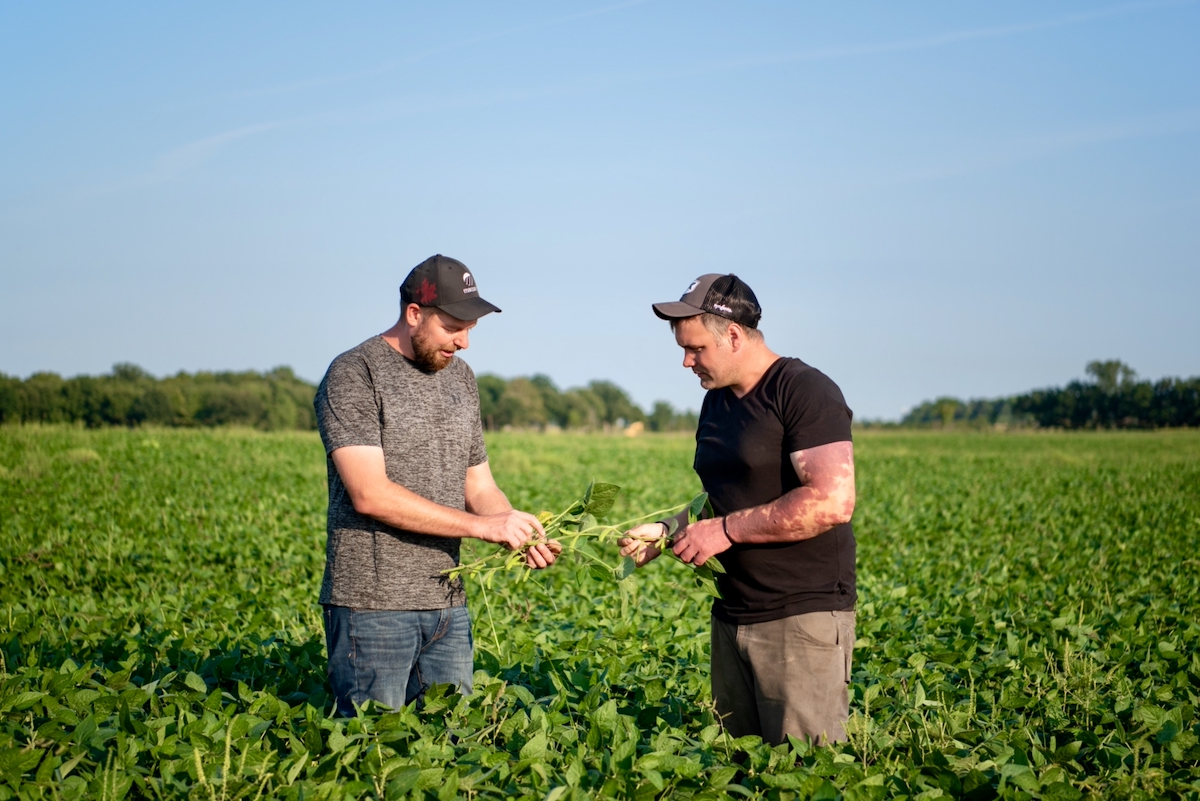
Ontario farmers partner for success
Ontario business partners, Matt Bergman and DJ Wassenaar, have been farming together for 10 years. Their focus on integrating unconventional…
3. Seed slower. In general, at higher speeds, rear openers tend to throw more soil over the front rows, making these seeds slower to emerge. At higher speeds, the whole seeding tool is less likely to cut smooth, even seed rows.
4. Limit seed-placed fertilizer. The safest practice is to place only phosphate fertilizer with the seed at rates up to 20 pounds of phosphate per acre. Higher soil moisture will protect seedlings somewhat from higher rates.
5. Penetrate residue. Use openers and drill settings to penetrate residue so all seeds go into the soil.
6. Leave a firm seedbed. Openers that fracture the seedbed to place fertilizer lower than the seed may not provide the firm moist seedbed that canola needs.
7. Pack appropriately. In wet conditions, reduce packing pressure to limit hard crusting. In dry conditions, pack more to conserve moisture in the seed row and ensure adequate seed-to-soil contact.
8. Seed into warmer soils. Soil temperatures of 5 C or higher with warmer weather in the forecast should facilitate reasonably good rates of emergence. Rapid emergence also means the flea beetle seed treatment is active longer.
9. Rotate crops. A tight canola rotation could increase the risk from seed and seedling diseases that can prevent emergence or weaken the young plants.
10. A note on seed size. An AAFC study, “Seed size and seeding rate effects on canola emergence, development, yield and seed weight,” led by now-retired research scientist Neil Harker concluded that: “Seed size effects on canola emergence, yield or seed quality were not significant. Increasing seed size had a positive linear association with early canola biomass and 1,000-seed weights, whereas, both days to flowering and days to the end of flowering had a negative linear association with seed size. Greater biomass from large seeds increases crop competition with weeds and also hastens flowering, shortens the flowering period and reduces the risk that canola will be exposed to high temperatures that can negatively impact flowering and pod development.”
– These tips are from an article at canolawatch.org.





